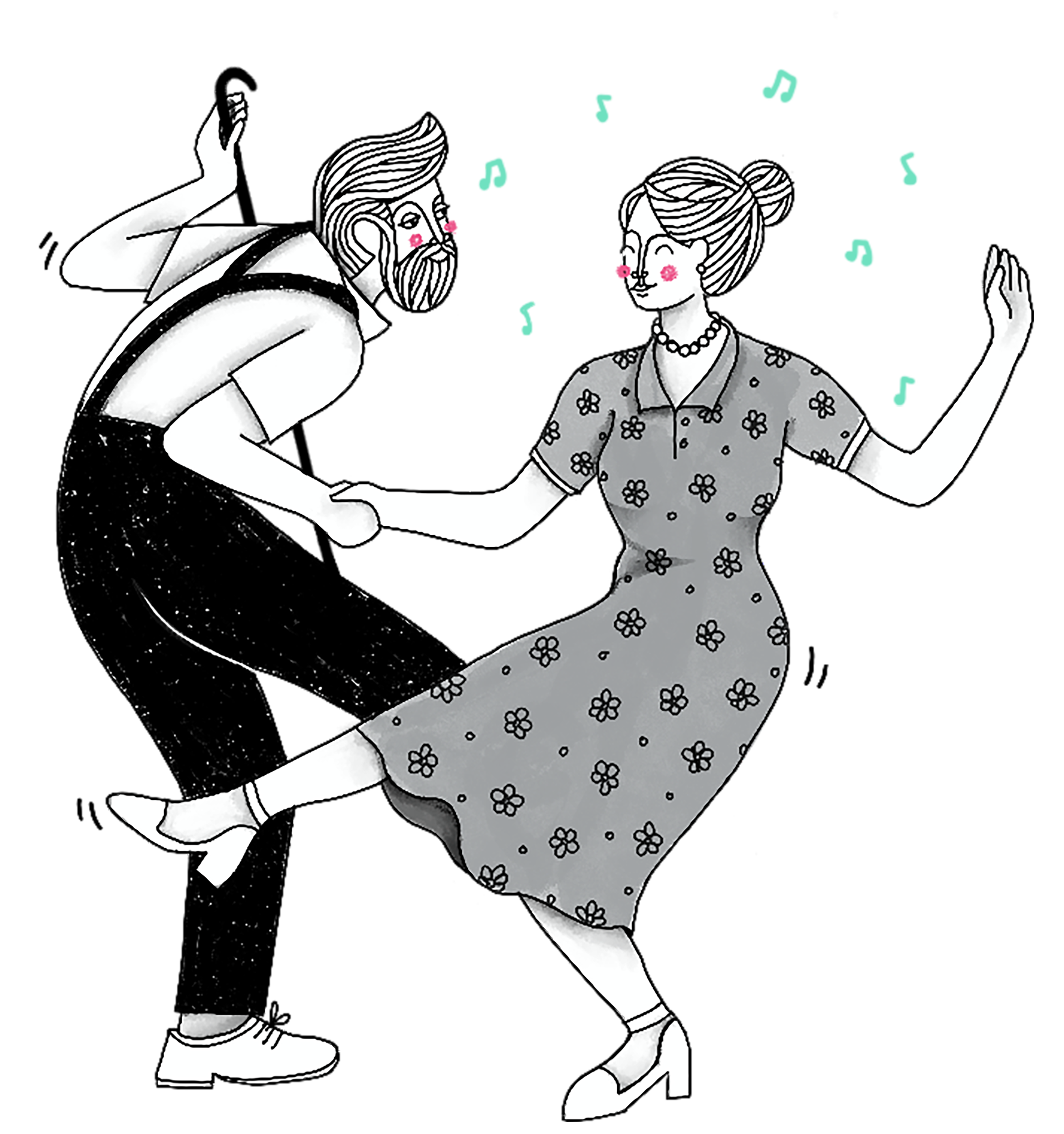
Improving physical outcomes and treatment compliance among people with Parkinson’s disease through social prescribing of dance lessons
The negative impacts of some chronic diseases can be mitigated through the right kinds of physical training; however, repeated training can be a tiresome burden on patients which may lead to low compliance and drop-out. Social prescribing is an innovative and growing alternative, making physical training more appealing and motivating while still following clinical principles. As an example, across multiple meta-analyses, dance has been found to provide clinically meaningful improvements in motor scores for people with Parkinson’s disease (PD), as well as improvements in balance, gait speed and functional mobility. High compliance rates, low dropout and continued activity beyond the study period have also been shown. Within the WHO European Region, a number of Member States offer classes for people with PD. The majority of these are led by dance organizations that have developed relationships with doctors in primary care, hospitals or specialist PD treatment centres. Some provide direct referrals and participants can also self-refer (1).
- Fancourt D, Finn S. What is the evidence on the role of the arts in improving health and well-being? A scoping review. Copenhagen: WHO Regional Office for Europe; 2019.




